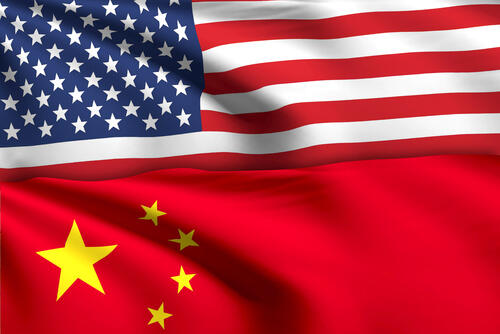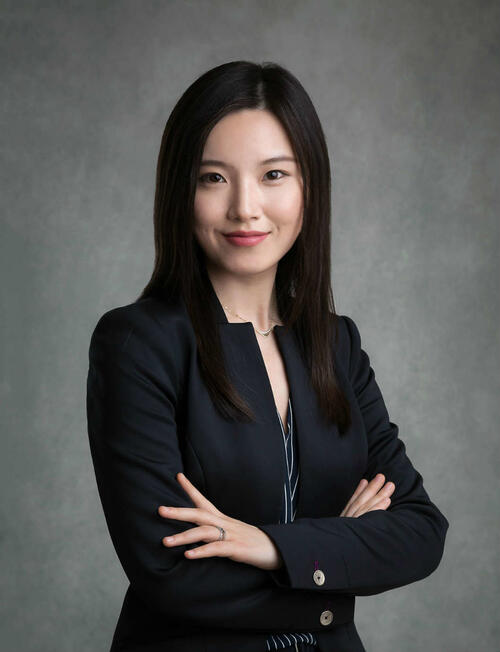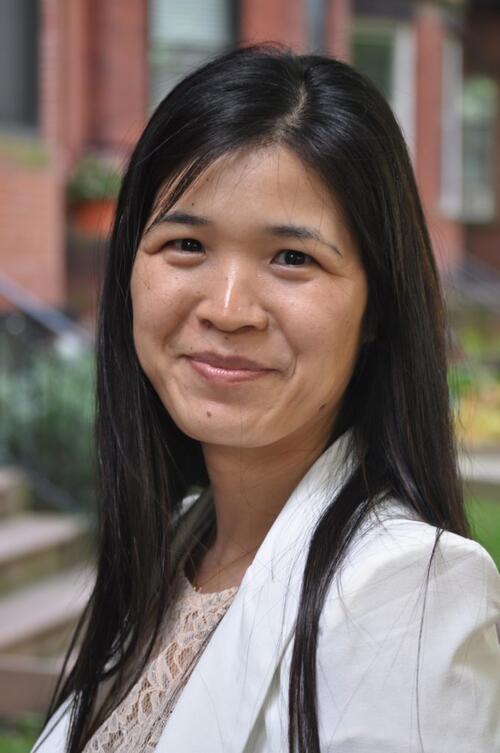The Great Wall of China is one of Asia’s most photographed and visited landmarks. Built over thousands of years and winding through a total of 13,170 miles, this wide-reaching network of defenses was constructed as a barrier against China’s northern neighbors. But within the digital landscape of China is a much less conspicuous yet far more pervasive set of fortifications: the Great Firewall. China’s state-operated internet is carefully controlled, heavily censored, and designed to keep its own citizens away from information that might damage the power and perception of the Communist Party.
Margaret Roberts, an assistant professor in political science at the University of California San Diego, has spent most of her career trying to unravel the puzzlements and intricacies of China’s Great Firewall and how this kind of calculated, pervasive internet censorship is used strategically to divide the public and target influencers. In
a recent presentation at the
China Program’s 2020 winter/spring colloquia series, she unpacked some of her findings.
In Robert’s assessment, the Great Firewall is an example of censorship via what she terms “friction.” Rather than centering on fear, this type of censorship acts as a tax on information, creating small inconveniences that are easy to explain away and requiring those seeking information to spend more time and money if they want access to it. Censorship thus “works through distraction and diversion. It nudges — but does not force — most users away from unsavory material.”
This framing of censorship, Robert says, helps explain why, even though China’s Great Firewall is porous and can be circumvented, the number of people who “jump the wall” using a virtual private network (VPN) remains relatively low. People are not necessarily afraid of legal or political consequences of using a VPN, but rather the process of doing so is deemed too bothersome or offers too little value for the effort in most people’s day-to-day lives.
This friction-driven censorship is, therefore, effective on two levels: it keeps the majority of citizens away from sensitive material by making it too labor-intensive for them to access, and it naturally filters for outlier individuals the government has an interest in monitoring. According to Robert’s data, VPN users are overwhelmingly 35-year-old and younger, tend to be college degree holders, have fluency in English, have traveled or studied outside of China, and are interested in international politics — precisely the kinds of cohorts the Communist Party would benefit from managing more closely.
However, these digital demographics shift dramatically to include much broader groups of people during crises and following abrupt interruptions to citizen’s daily lives. Through analysis of Chinese social media data, online experiments, and nationally representative surveys, Roberts shows how the number of VPN downloads spiked during the devastating Tianjin chemical explosion in 2015 as people scrambled to find information on the disaster. VPN downloads also increased after the shutdown of Instagram on September 29, 2014, following protests in Hong Kong. The Chinese government barred access to the platform to contain posts about the protests, but Roberts says that it was the sudden loss of access to the social media platform’s draw of entertainment that pulled many more “everyday” citizens over the firewall than would be typical. Once over, these new users quickly moved from accessing pictures of pop stars to exploring banned websites and censored information in more political spaces.
This is one of the important takeaways Roberts sees in her work. “This porous nature of censorship . . . means that there’s an Achilles heel of friction, which is that during crises, or sudden, more visible [moments of] censorship, people are willing to seek out that type of information and that can undermine some of these other strategies.”
With the Great Firewall only a few decades old, the full effects of its friction-based barricades remain to be seen, but Roberts is certain that in the coming years, the control of access to and accuracy of online information will have important effects not only on modern China but the future digital world as a whole.
You can learn more about Margaret Robert’s work in her book, Censored: Distraction and Diversion Inside China’s Great Firewall.






 Oriana Skylar Mastro is a Center Fellow at Stanford University’s Freeman Spogli Institute for International Studies (FSI). Within FSI, she works primarily in the Shorenstein Asia-Pacific Research Center (APARC) and the Center for International Security and Cooperation (CISAC) as well. She is also a fellow in Foreign and Defense Policy Studies at the
Oriana Skylar Mastro is a Center Fellow at Stanford University’s Freeman Spogli Institute for International Studies (FSI). Within FSI, she works primarily in the Shorenstein Asia-Pacific Research Center (APARC) and the Center for International Security and Cooperation (CISAC) as well. She is also a fellow in Foreign and Defense Policy Studies at the 







